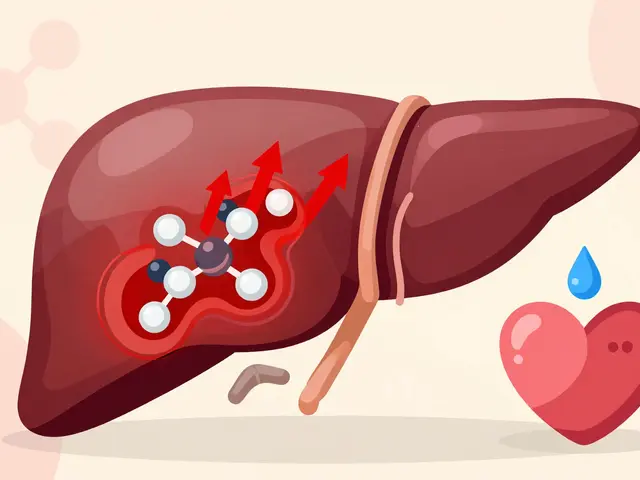Understanding the ketorolac mechanism: How this NSAID relieves pain
When exploring Ketorolac Mechanism, the process by which ketorolac provides analgesia through enzyme inhibition and prostaglandin reduction. Also known as Ketorolac action, it is a hallmark example of a potent non‑steroidal anti‑inflammatory drug (NSAIDs, a drug class that eases pain, fever, and inflammation by targeting cyclooxygenase enzymes). By blocking the Cyclooxygenase, the enzyme (COX) that converts arachidonic acid into prostaglandins pathway, ketorolac halts the cascade that normally sensitizes nerves and promotes swelling.
The core of the ketorolac mechanism lies in its non‑selective inhibition of both COX‑1 and COX‑2 isoforms. COX‑1 is responsible for protecting the stomach lining and supporting platelet function, while COX‑2 drives the bulk of inflammation‑related prostaglandin production. Ketorolac’s strong affinity for COX‑1 explains why it can impair clotting and irritate the gastric mucosa if used for too long, whereas its COX‑2 blockade delivers quick, powerful analgesia—often comparable to injectable opioids for short‑term post‑operative pain. The resulting drop in Prostaglandins, lipid compounds that amplify pain signals and promote inflammation means fewer pain‑sensing chemicals fire at the neural level, and the body’s inflammatory response calms down.
Practical implications of ketorolac’s action
Because the ketorolac mechanism cuts prostaglandin synthesis, the drug is most effective for moderate to severe acute pain, such as after dental surgery, orthopedic procedures, or minor trauma. It is available in oral tablets, injectable forms, and even nasal sprays, giving clinicians flexibility to match the route of administration with the patient's needs. However, the same enzyme inhibition that gives relief also raises safety flags: reduced COX‑1 activity can lead to gastric ulcers, and diminished platelet aggregation raises bleeding risk, especially in patients on anticoagulants. Kidney function also takes a hit when prostaglandin-mediated renal blood flow is suppressed, so dosing must be adjusted for those with renal impairment. Typically, treatment is limited to five days or less to balance potency with safety.
In the broader context of Pain Management, the clinical discipline that selects and monitors therapies to control acute and chronic pain, ketorolac occupies a niche between over‑the‑counter NSAIDs and stronger opioids. Its rapid onset—often within 30 minutes—and high analgesic ceiling make it a go‑to option for short‑term, high‑intensity pain where opioid use is undesirable. When paired with a gastro‑protective agent or prescribed at the lowest effective dose, the benefits can outweigh the risks for many patients. Understanding the underlying mechanism helps prescribers anticipate side effects, counsel patients on warning signs, and choose appropriate monitoring strategies.
Below, you’ll find a curated selection of articles that dive deeper into related topics—ranging from how insulin controls blood sugar, to detailed drug comparisons, and safe online purchasing guides. Each post connects back to the principles outlined here, giving you a wider view of how specific mechanisms influence therapeutic choices across the medical spectrum.
Ketorolac Mechanism Explained: Step-by-Step Guide
Explore how ketorolac works step by step, its pharmacology, dosing, safety tips, and FAQs for effective short‑term pain relief.






